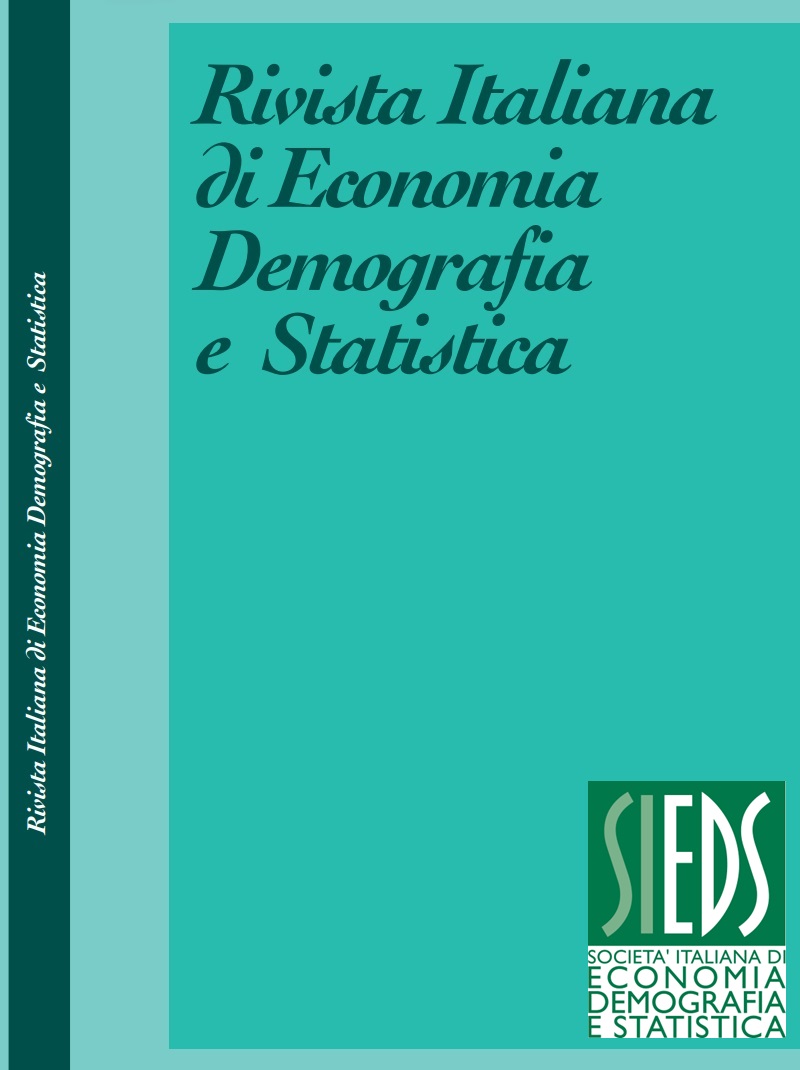Income distribution in Lombardy during the pandemic transition: a territorial study
DOI:
https://doi.org/10.71014/sieds.v77i4.216Abstract
The COVID-19 pandemic has had a disruptive impact not only in terms of health emergency, but also from a social and economic perspective. At least in the short term, the effects in terms of economic fragility on the population seem to be inevitable both as an increase in the incidence of fragility and as an increase in the intensity of fragility. However, these risks are not evenly distributed among different territorial areas. In general, variability at different levels is an important key to interpreting social phenomena, especially for the implementation of effective territorial policies. The work proposes to analyze the impact of the pandemic crisis on the economic fragility of the Lombardy population at the municipal level, using income data from tax returns provided by the Italian Revenue Agency for the period 2014-2021. The analysis shows that the municipalities most affected by the crisis triggered by the spread of COVID-19 are those with a constant or positive pre-pandemic economic trend, i.e. those with a more vibrant economy. By contrast, the risk of increased economic fragility is less high in municipalities characterized by a negative trend, i.e. less economic dynamism. Furthermore, the analysis shows that the risk of increased economic fragility is less in small municipalities, characterized by a larger aging population, which seems to play a protective role. The prevailing manufacturing specialization helps to explain the variability observed at territorial level. In particular, heavy manufacturing municipalities seem to be the least affected.
Downloads
Published
Issue
Section
License
Copyright (c) 2023 Simona Ballabio, Elena Sorba, Alberto Vitalini

This work is licensed under a Creative Commons Attribution 4.0 International License.



